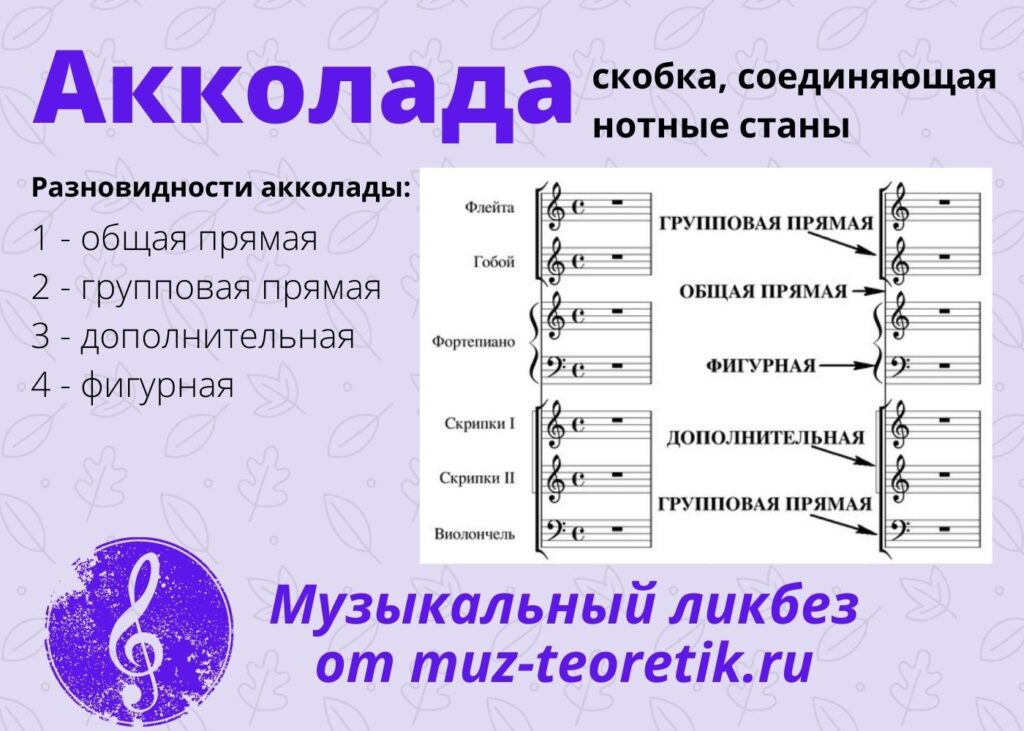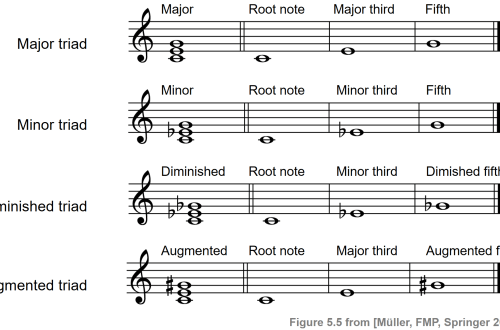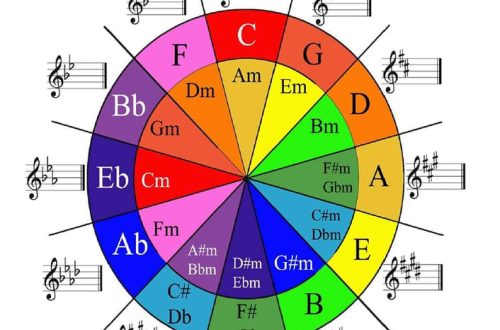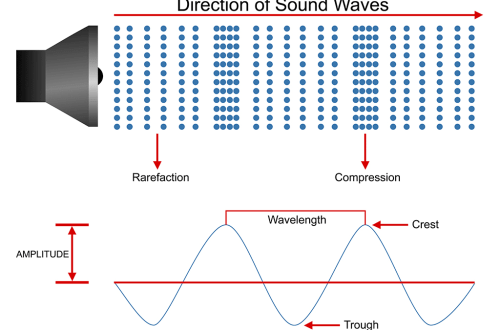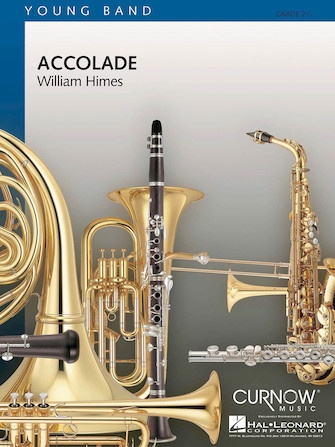
Accolade: musical educational program
Accolade – this is a bracket that unites staves. There are the following types of chords:
- Common direct accolade or initial line – this type of chord is a vertical line connecting all the staves of the score. That is, the task of this accolade is to show all the parts that must be performed simultaneously.
- Group direct accolade identifies groups of instruments or performers in the score (for example, a group of woodwind or brass instruments, a group of string instruments or a battery of percussion instruments, as well as a choir or a group of solo singers). It is a “fat” square bracket with a “whisker”.
- Additional accolade required in cases where within a group it is necessary to single out a subgroup of identical instruments that are divided into separate parts (for example, Violins I and Violins II, a group of four horns) or combine varieties of instruments (Flute and piccolo flute, oboe and cor anglais, clarinet and bass clarinet, etc.). An additional chord is indicated by a thin square bracket.
- Figured accolade – a curly bracket that combines musical staffs on which parts are recorded, intended for performance by one performer. In other words, if several staves are required to record a part, then in this case they are combined with a figured chord. This, as a rule, refers to instruments with a large working range (piano, harpsichord, harp, organ, etc.).
